Table of Contents
Life Processes:
The various things present in the universe may be grouped into two major categories- Living and Non-living. A living thing possesses life, which can be easily recognized from its properties and activities, for example, a man, a horse, a cow, a rose plant, a mango tree. A non-living thing has no life, for example, a stone, an iron rod, a bicycle, a building. The main point of difference between the living and the non-living is that living things perform certain functions which are called the life processes. The important life processes are- metabolism, growth, reproduction, responsiveness and organisation.
Metabolism:
A large number of chemical processes continuously take place in living things or organisms. These chemical processes form the very basis of living activity and are, therefore, responsible for the existence of life. They are collectively known as metabolism. There are two types of metabolic processes- anabolism and catabolism.
Anabolism:
It includes the chemical reactions in which more complex substances are formed from simple ones. The building up of protoplasm (living material, i.e., the material of which the bodies of living things- animals and plants are formed) from food is an anabolic process. It is referred to as assimilation and is necessary for growth and maintenance of the body. Anabolism is, thus, a building up or constructive process.
Catabolism:
It includes the chemical reaction in which complex substances are broken down into simpler substances. A common example of catabolism is respiration. In respiration, oxygen taken up from the air oxidizes the complex organic molecules (example- glucose) to form carbon dioxide and water producing energy. The energy released in respiration is used in some of the anabolic processes and movements. Respiration is essential for life.
Catabolism leads to consumption of food and decrease in body weight and is, therefore, a breakdown or destructive process.
Metabolism is associated with a very important process called excretion. The process of excretion involves the elimination of metabolic wastes (useless and harmful substances produced in the metabolic processes) from the body. Urine, sweat and exhaled air containing carbon dioxide are the important examples of the excretory products.
Growth:
When the metabolic processes occur in such a way that the process of building up (anabolism) exceeds that of the breakdown (catabolism), the growth takes place in an organism. Growth may be defined as an irreversible increase in weight, size or volume of an organism. Every one of us is familiar with the growth of a child into a man and a sapling into a tree. Growth in animals is restricted but it is not so in plants. In animals, the growth is the enlargement of already present organs while in plants, the growth involves the formation of new organs example– new branches, new leaves etc.
Reproduction:
The most important characteristic of a living being is to produce its own kind and, thus, maintain the continuity of its race. For example– a cat produces kittens, a dog produces pups, pea plants produce seeds which give rise to new pea plants, a mango tree produces seeds from which other mango trees grow up etc. This activity of life is referred to as reproduction. It may be brought about by one or more methods.
Responsiveness:
Every living thing reacts to changes in the environment. Such a reaction is called response and the change in the environment causing it is known as the stimulus. For example- a dog wags its tail (response) on seeing its master (stimulus), shoots of germinating seeds grow (response) towards the light (stimulus), the leaves of Lajwanti close in a few seconds (response) when touched by a human being (stimulus) etc. A stimulus need not be from outside, even hunger and thirst behave as stimuli (internal stimuli) when animals go in search of food or water. The capacity of living beings or organisms to make suitable responses to stimuli is known as responsiveness, irritability or sensitivity.
Organisation:
A living being is a complex system formed of atoms of various elements. Atoms in the body of an organism are combined generating simple and complex molecules. Such molecules are organised to form distinct units called cells. Some living beings remain at this level of organisations and are referred to as unicellular. In unicellular organisms, the single-cell carries out all the vital activities of life and hence represents a complete living being. Most living beings are multicellular and are, therefore, at the higher level of organisation of life. In their vase, the body consists of many cells which are organised into tissues. The organs of the human body such as heart, lungs, stomach, kidney and those of a plant body such as stem, roots and leaves are all built of various types of tissues. Organs are further organised to form organ-systems. For example– a digestive system in animals and the vascular system in plants. Organ systems are, finally, organized to form the body of an organism. The various organ systems in the body of a living being work in co-ordination with each other for the proper functioning of the body.
- Lamarckism And Neo-Lamarckism
- Darwinism or Theory of Natural Selection
- Constituents of Food: Carbohydrates, Proteins, Fats & Vitamins
- Asexual Reproduction- Types, Characteristics And Significance
- Vegetative Propagation: Natural & Artificial Methods
- Parthenogenesis: Types And Significance
- Pollination: Types and Its Importance
- Photosynthesis– NIOS
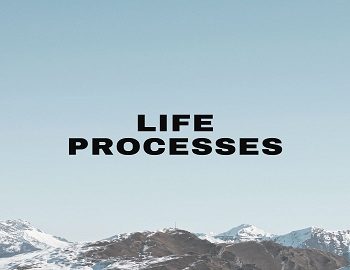

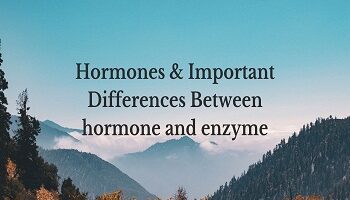
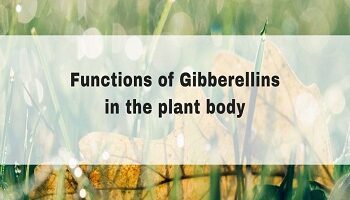
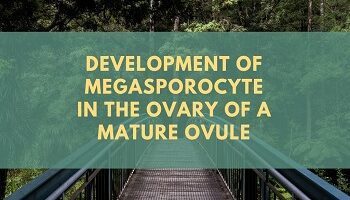
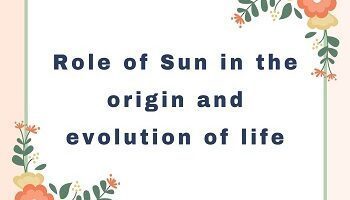
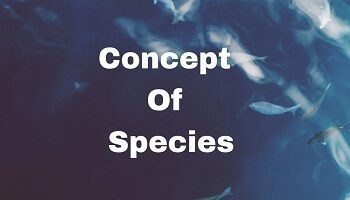
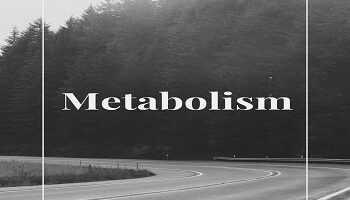
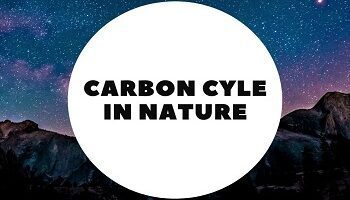
Comments (No)